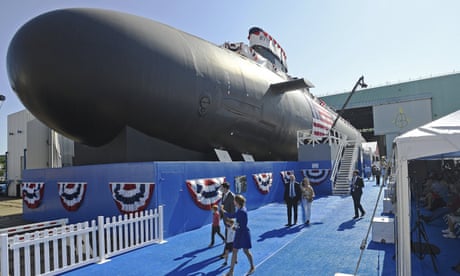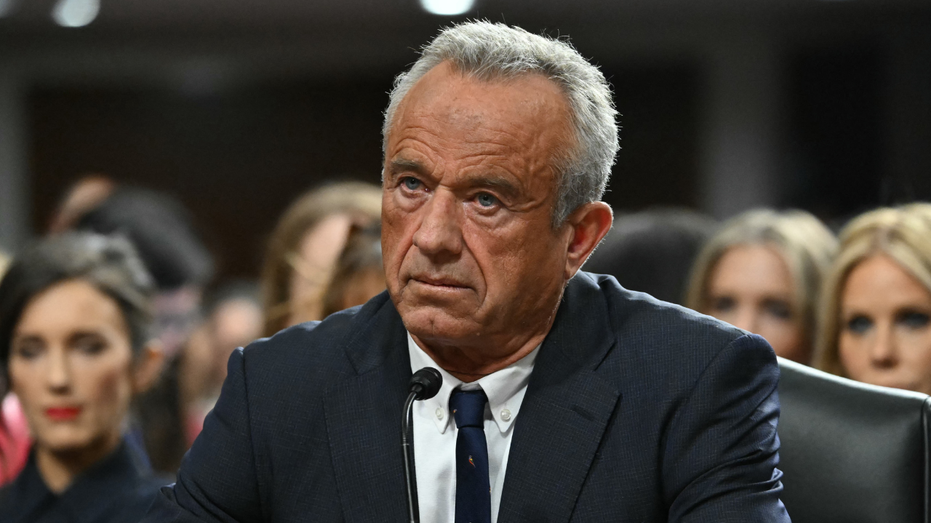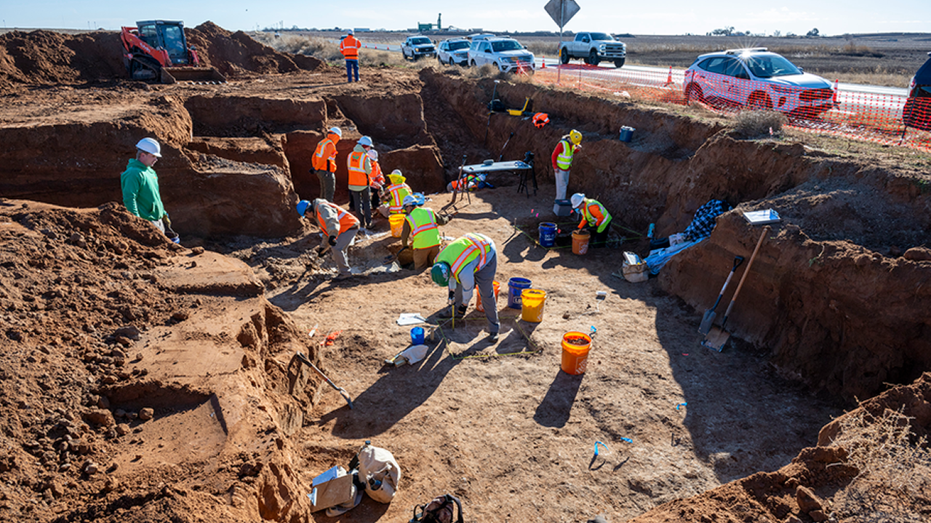- by foxnews
- 24 May 2025
Australia almost no chance to buy any submarine from current US building program, experts say
Australia almost no chance to buy any submarine from current US building program, experts say
- by theguardian
- 21 Jul 2022
- in news

Defence is facing a capability gap as the existing Collins-class fleet retires and hopes fade of getting a new submarine under the Aukus deal before 2040.
Under the Aukus deal, Australia will buy at least eight submarines from either the US or the United Kingdom.
Former defence minister Peter Dutton suggested the US might give Australia a couple of its boats, a suggestion that was largely dismissed.
The US is aiming to build its own fleet of at least 60 nuclear-powered boats, but the report released this week shows it will reach a minimum of 46 boats in 2028, 50 by 3032 and between 60 and 69 by 2052. It is trying to increase capacity, but will still struggle to meet its own targets for decades.
Shadow defence spokesperson Andrew Hastie, while in London, has challenged the UK to compete against the US to supply the first two submarines by 2030 by boosting its building capacity, but experts have also dismissed that idea.
Hellyer said that meant any submarine Australia would buy was likely to be from the next generation of US submarines, which will start being bought in the mid 2030s and are set to be vastly more expensive.
He has estimated, based on the current model, the entire program to build eight submarines will cost $171bn in the end, including inflation.
Research presented to US Congress suggests the next model would cost at least AUD$3bn more (each) than the current model, pushing the price even higher.
Hellyer said that looking at the cost increase if Australia gets the newer boat was a way to illustrate the problem of planning to buy submarines from another country that was continually upgrading and evolving its own fleet.
There have been suggestions Australia could pay for the US or the UK to expand their production capacity.
Defence minister, Richard Marles, has consistently said he is keeping an open mind on the solution to the capability gap.
- by foxnews
- descember 09, 2016
Texas road construction unearths 'colossal' prehistoric remains of 'big ol' animals'
Archaeologists in Texas recently discovered prehistoric megafauna bones, including a giant ground sloth, during a highway project in Lubbock, according to officials.
read more


